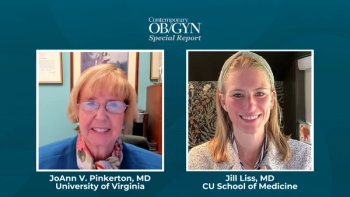
Smoking rate in underserved communities double that of general population, study shows
The study shows mental health conditions are also associated with smoking.
Patients in underserved communities smoke at a rate double that of the general U.S. population, according to a new study published by the
Smoking also is linked with mental health conditions such as depression and anxiety, and with substance abuse disorders, in underserved communities, a
As rates of
The study analyzed results from the 2014 Health Center Patient Survey of adult patients who received primary care at federally qualified health centers. Those centers serve individuals and families from underserved communities, such as the homeless, agricultural workers and residents of public housing.
The study also examined associations of smoking with co-occurring mental health conditions and substance use disorders, the news release said.
Major findings included:
- The prevalence of smoking among adults from underserved communities was 28.1%, compared with 14% reported in the general U.S. population.
- Among those who currently smoked, 59.1% had depression and 45.4% had anxiety.
- Non-Hispanic Black adults who smoked had more than two times the odds of reporting substance use disorders.
- Patients at or below 100% of the federal poverty level had more than two times the odds of having mental health conditions. Those who were unemployed had more than three times the odds for substance use disorders.
“Our study underscores the importance of understanding the association and increased risk of mental health conditions and substance use disorders among adults from underserved communities who smoke while also addressing socioeconomic risk factors to achieve better health outcomes,” co-author Sue C. Lin, PhD, of the Health Resources and Services Administration of the U.S. Department of Health and Human Services said in the news release. “The study further highlights the significance of tailored smoking cessation treatments for individuals from underserved communities that will support cancer prevention care.”
Reference
- Lin SC, Gathua N, Thompson C, Sripipatana A, Makaroff L. Disparities in smoking prevalence and associations with mental health and substance use disorders in underserved communities across the United States. Cancer. Published online March 7, 2022. doi:10.1002/cncr.34132
Newsletter
Get the latest clinical updates, case studies, and expert commentary in obstetric and gynecologic care. Sign up now to stay informed.



















